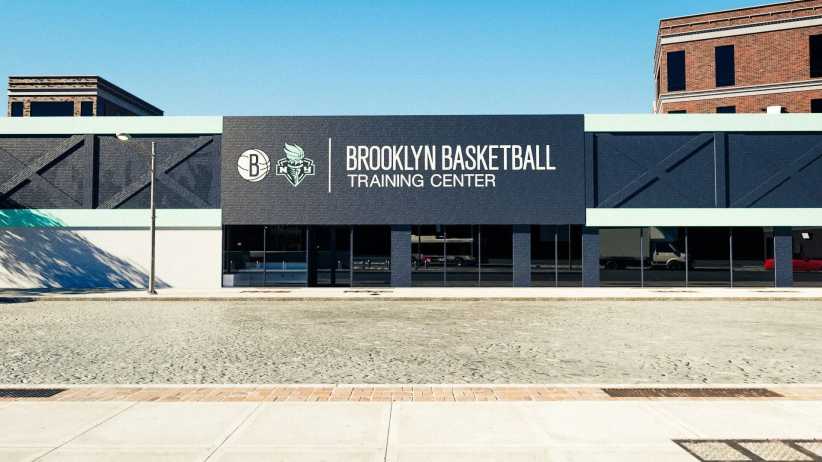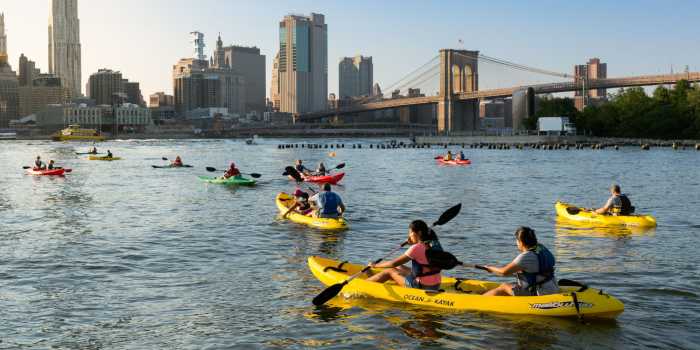Less than an hour’s drive from New York, you can search for fossils and even take some home. The Poricy Park Fossil Beds, in Middletown, N.J., are easily accessible and free from dawn to dusk daily. It is a popular school field trip destination. Today this site is three miles inland, but 72 million years ago it was beneath a shallow sea. You can find sharks’ teeth and ancient snails, clams, oysters and sponges. (The specimens in the photos were in plain view, and took only a few minutes to find). Here, Poricy Brook is normally under five feet across and three inches deep. Posted rules let you know that you may dig in the streambed with a trowel and a screen to sift the sand, but not on the steep banks. Hammers, picks and shovels are prohibited. Because of sharp debris, don’t go barefoot in the water. Most importantly, do not over-collect; help preserve this site for others to enjoy. After fossil hunting, consider visiting nearby Deep Cut Gardens. When in springtime bloom, this is a wonderful picnic stop. It can be covered in under an hour and is free. If you have time, go east to the Twin Lights, Sandy Hook, and Mount Mitchill. The Twin Lights Historic Site in Highlands, N.J. (Don’t confuse it with nearby Atlantic Highlands), has a commanding view that includes Manhattan on a clear day. This is the highest point (200 feet above sea level) on the U.S. Atlantic Coast, south of Acadia National Park, in Maine. It houses a fine museum. Sandy Hook is a six-mile long sandbar that points north towards Staten Island and the Verrazano Narrows Bridge. Crowded with summer beachgoers (parking fees from Memorial Day weekend through Labor Day), it was an Army base until 1974. Fort Hancock was established there in 1895 to guard New York Harbor from seaborne invasions. During the Cold War, it became a Nike missile base. The Army’s buildings and fortifications (mainly circa 1900) still remain. Sandy Hook has its own historic lighthouse, the oldest in the U.S., and is a major stopover for migratory birds. The Sandy Hook Bird Observatory has a regular series of nature walks, as does the National Park Service. Finally, on your way back home, consider a brief visit to the Mount Mitchill overlook for another impressive view of Sandy Hook and New York beyond.
Driving Directions: —South on N.J. Turnpike (Exit 11) and Garden State Parkway (Exit 114). L after tolls. R onto Dwight Road. L onto Middletown-Lincroft Road (County Rt. 50). After 0.25 mile, parking for Fossil Beds on R. —R out of lot. L at light, onto Bamm Hollow Road. At “T”, turn L to Parkway, or R to Deep Cut Gardens (1 mile). —For Sandy Hook, R out of Deep Cut lot. R at the “T” onto Kings Highway. Turn L onto New Monmouth Road (County Rt. 50). Before New Monmouth, Christ Church cemetery has interesting headstones, as does the Presbyterian Burial Ground on R side of Kings Highway just after junction with New Monmouth. New Monmouth becomes Leonardville Road (Rt. 516) and joins N.J. Rt. 36 South. After five miles on N.J. 36, turn R (just before drawbridge) at “Off the Hook” restaurant, for Twin Lights. —Returning from Sandy Hook, two miles after drawbridge (retracing path on N.J. 36) is sign on the right for Mt. Mitchill. Return to N.J. 36 afterward, and follow it to the Parkway.
Useful info: • Monmouth County Parks (Poricy, Deep Cut) (732) 842-4000; www.monmouthcountyparks.com • National Park Service, Sandy Hook (732) 872-5970; www.nps.gov/gate/ • Twin Lights Historic Site (732) 872-1886; http://twin-lights.org/home.htm • Sandy Hook Bird Observatory (732) 872-2500; www.njaudubon.org





















